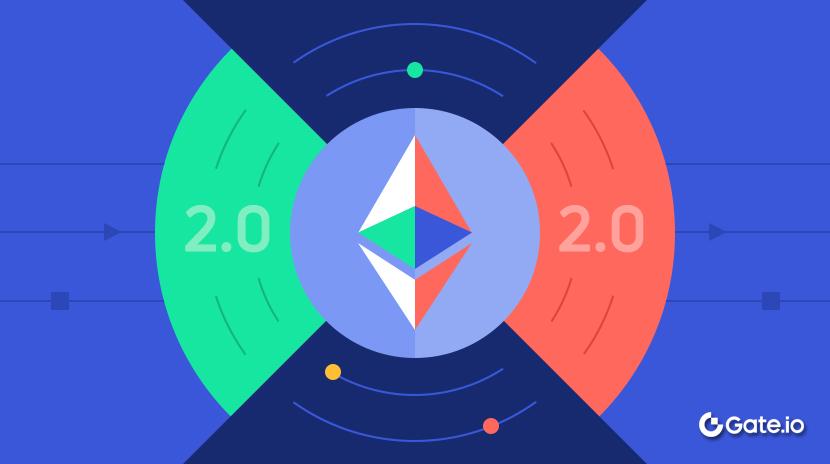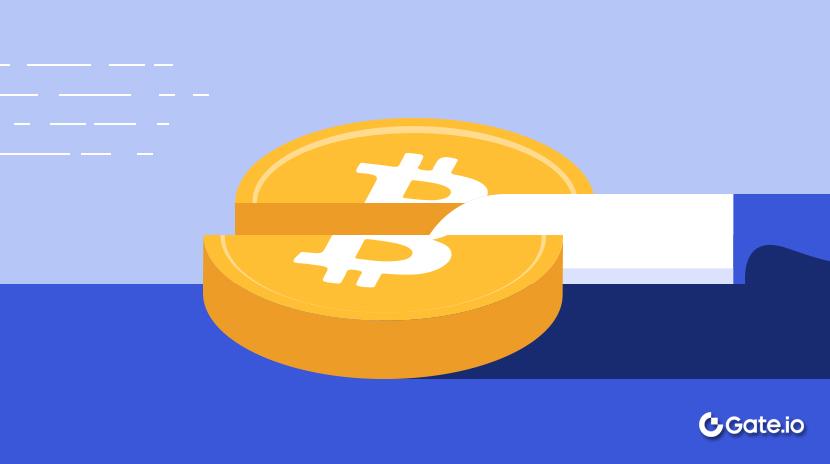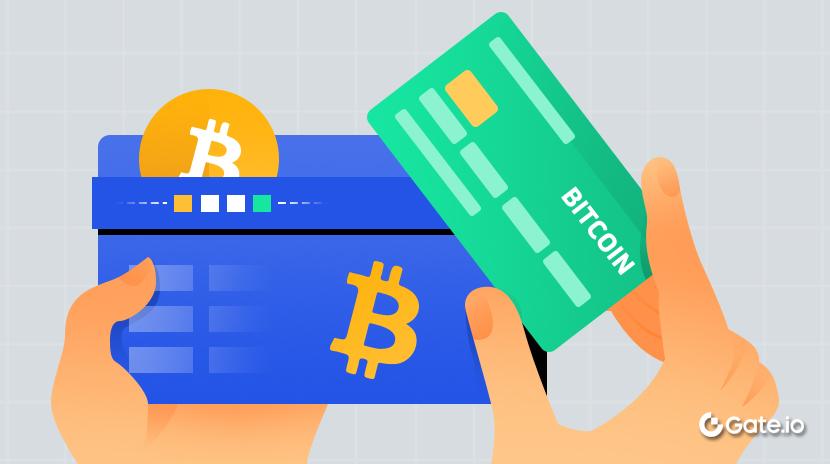私募资本市场(如风险投资)一直在流动性过剩与稀缺之间摇摆。当资产变得更具流动性,并且外部资本大量涌入时,市场情绪高涨,价格随之飙升。无论是新上线的 IPO 还是代币发行,这种突然的流动性往往促使投资者承担更大风险,进而催生新一代的企业。当资产价格上升,投资者倾向于将资金转向更早期的项目,希望获得比 ETH 和 SOL 等基准资产更高的回报。这是市场的特性,而非缺陷。

来源:https://dco.link/DanGrayOnX
加密货币市场的流动性一直遵循比特币减半周期。在历史上,比特币减半后的六个月内通常会迎来市场上涨。2024 年,比特币 ETF 资金流入及 Michael Saylor 的大规模购入成为比特币的供应消耗因素。Saylor 在过去一年内斥资 221 亿美元购入比特币。然而,比特币的价格上涨并未带动长尾小型山寨币的行情。
当前,我们正处于一个资本配置者资金紧张的时期,投资者的注意力被成千上万个资产分散,许多创业者投入多年构建的代币项目却难以找到出路。在这样的环境下,为什么还要开发真正的应用,而不是直接推出 Meme 资产获取更快的收益?在过去的市场周期中,L2 代币因交易所上市和风投支持而拥有溢价。但随着市场竞争加剧,这种溢价正在被逐渐抹去。
这导致 L2 生态的代币估值下滑,进而影响其通过赠款或代币激励扶持小型项目的能力。这一估值泡沫破裂,促使创业者不得不重新思考一个亘古不变的问题——收入究竟从何而来?
交易驱动的营收模式

上方的图表很好地解释了加密行业的收入运作方式。在加密领域,大多数产品的理想营收模式类似于 @aave 和 @Uniswap。无论是 Lindy 效应,还是“先发优势”,这两个项目都长期保持着可持续的手续费收入。Uniswap 甚至可以在前端收取额外费用,进一步增加营收。这说明用户习惯已经被深深塑造——Uniswap 对去中心化交易所的影响,类似于 Google 之于搜索引擎。
相比之下,@friendtech 和 @opensea 的营收具有周期性。在 NFT 热潮期间,市场周期持续两个季度,而 SocialFi 的炒作周期仅仅维持了两个月。对于部分产品而言,如果其营收规模足够大,并且符合产品属性,那么投机性营收是合理的。例如,许多 Meme 交易平台已经跻身“年收入超 1 亿美元俱乐部”。但对于大多数创业者而言,这种成功只是个别案例。他们并不是在构建面向消费者的应用,而是专注于基础设施,其收入模式截然不同。
2018-2021 年,风险投资机构大举投资开发者工具,期待吸引大规模用户进入区块链生态。然而,到 2024 年,这一市场发生了两大变化:首先,智能合约实现了无限的可扩展性,并且几乎无需人工干预。Uniswap 和 OpenSea 无需按照交易量的增长来扩大团队规模。其次,大型语言模型(LLM)和人工智能的进步减少了对加密领域开发工具的投资需求。因此,整个赛道正面临一次行业重塑的关键时刻。
在 Web2 时代,基于 API 的订阅模式之所以奏效,是因为庞大的在线用户规模。而在 Web3 中,这是一个规模较小的利基市场,能扩展至百万级用户的应用寥寥无几。但 Web3 的优势在于用户单位收入(RPU)较高。加密用户平均消费更高、频率更快,因为区块链本质上就是资金流动的载体。因此,在接下来的 18 个月里,大多数企业将不得不重新调整商业模式,通过交易手续费直接向用户获取收入。

这一趋势并不新鲜。@stripe 最初按 API 调用次数收费,@Shopify 采用固定订阅费用,随后都转向基于收入分成的模式。Web3 基础设施提供商也可能采取类似模式,先以低价甚至免费提供 API 服务,等到交易量达到一定规模后,再进行抽成。这是理想的假设场景。
那么实际会如何呢?案例一,@Polymarket.采用押金争议解决机制,其中 @UMAprotocol 代币用于争议仲裁。交易市场越多,争议概率越高,进而推高对 UMA 代币的需求。如果转换为交易模式,押金可以设定为总交易额的 0.10%。例如,在总统大选赌注达 10 亿美元的情况下,UMA 可获得 100 万美元收入。在假设的情况下,UMA 可以利用这些收入购买他们的代币并销毁它们。这有其自身的好处和挑战,正如我们很快将看到的。
另一个是 @MetaMask 通过钱包内置的 Swap 功能处理了超 360 亿美元交易量,仅 Swap 业务的收入就超过 3 亿美元。类似的模型适用于像 @luganodes 这样的质押提供商,其中费用是基于质押资产的数量。
但是,为什么开发者会在一个 API 调用逐日下降的市场中选择某个基础设施提供商而不是另一个?如果需要分享收入,为什么选择某个预言机而不是另一个?答案在于网络效应。一个支持多条区块链、提供无与伦比的数据粒度,并且能够更快索引新链的数据提供商,将成为新产品的首选。同样的逻辑也适用于交易类别,比如意图(intents)或无 gas 交换启用者。支持更多链条、以最低利润和最快速度运行的服务,吸引新产品的可能性更大,因为这种边际效率有助于留住用户。
回购与销毁:是否值得?
将代币价值与协议收入挂钩的趋势并不新鲜。最近几周,多个团队宣布了与收入挂钩的代币回购或销毁机制,其中包括 @SkyEcosystem、@Ronin_Network、@jito_sol、@KaitoAI 和@GearboxProtocol。
代币回购类似于美国股市中的股票回购——本质上是一种将价值返还给股东(或者在这种情况下是代币持有者)的方法,而不违反证券法。在 2024 年,仅美国市场就花费了约 7,900 亿美元用于股票回购,而 2000 年为 1,700 亿美元。直到 1982 年,股票回购才被认为是合法的。仅 @Apple 就在过去十年中花费超过 8,000 亿美元回购自家股票。虽然这些趋势是否会长期存在尚未可知,但我们可以看到市场上出现了明显的分化:一些代币拥有现金流并愿意投资于自身价值,而另一些则两者都没有。
对于大多数早期阶段的协议或去中心化应用(dApps)来说,利用收入回购自身代币可能并不是最佳的资本使用方式。一种执行此类操作的方法是,分配足够的资本,以抵消新发行的代币所造成的稀释。这正是 Kaito 的创始人最近解释的代币回购方法。Kaito 是一家集中化的公司,利用代币激励其用户群体。该公司从企业客户那里获得集中化的现金流来源。他们使用部分现金流通过做市商执行回购。购买的代币数量是新发行代币的两倍,因此,实际上网络变得具有通缩特性。
另一种方法出现在 Ronin。该区块链根据每个区块的交易数量调整费用。在使用高峰期,部分网络费用会进入 Ronin 的金库。这是限制资产供应的一种方式,而不一定是直接回购代币。在这两种情况中,创始人都设计了将价值与网络上的经济活动挂钩的机制。
在后期文章中,我们将深入探讨这些操作对参与此类活动的代币价格和链上行为的影响。但现在,显而易见的是——随着估值受到抑制,流入加密领域的风险投资资金减少,越来越多的团队将不得不竞争我们生态系统中的边际资金。
由于区块链本质上是资金流通的载体,大多数团队将转向基于交易量百分比的模型。当这种情况发生时,如果团队进行了代币化,他们将有动力实施回购和销毁模型。那些能够做好这一点的团队将在流动市场中脱颖而出。或者,或许,他们最终会以极高的估值回购自家的代币。事情的现实只能在事后看到。
当然,总会有那么一天,关于价格、收益和收入的讨论变得毫无意义。我们将再次把钱投向狗狗的照片,购买猴子 NFT。但如果我看现在的市场,大多数担心生存的创始人已经开始围绕收入和销毁展开对话。
创造股东价值,
声明:
- 本文转载自 [Decentralised.Co]。所有版权归原作者所有[Decentralised.Co]。若对本次转载有异议,请联系 Gate Learn 团队,他们会及时处理。
- 免责声明:本文所表达的观点和意见仅代表作者个人观点,不构成任何投资建议。
- Gate Learn 团队将文章翻译成其他语言。除非另有说明,否则禁止复制、分发或抄袭翻译文章。
相关文章


不可不知的比特币减半及其重要性


如何选择比特币钱包?

CKB:闪电网络促新局,落地场景需发力

